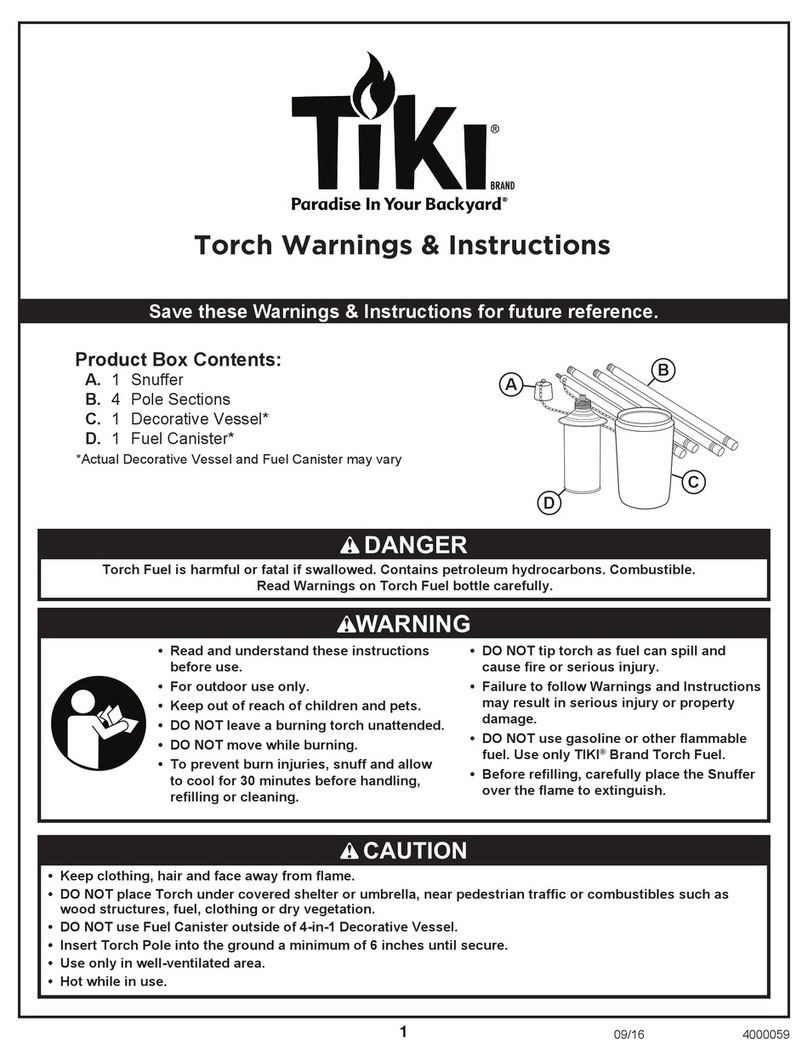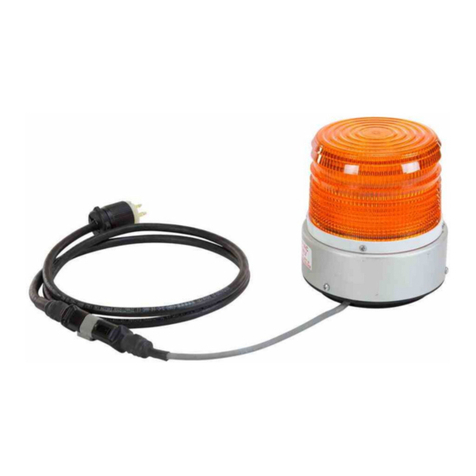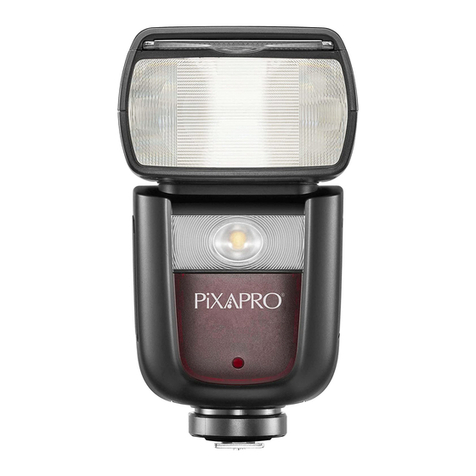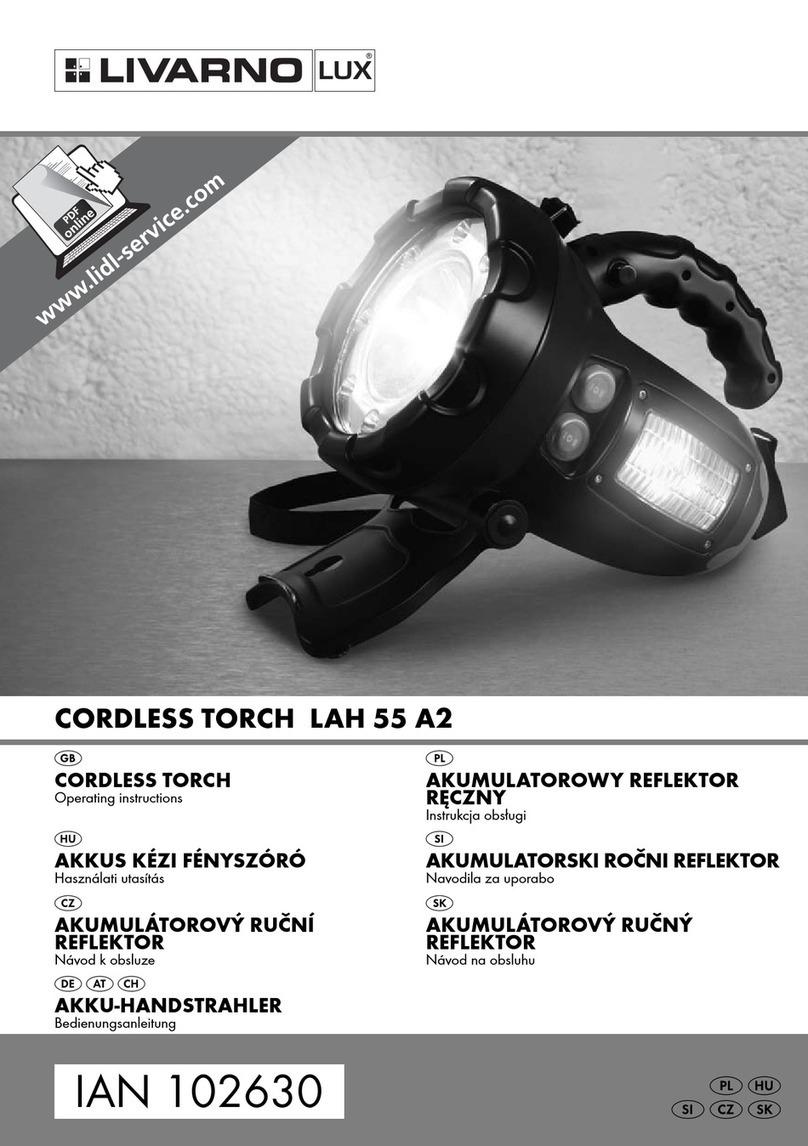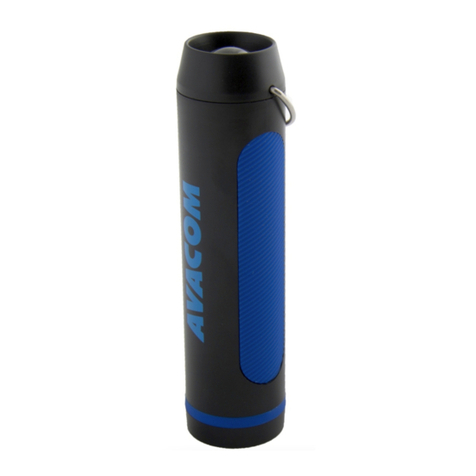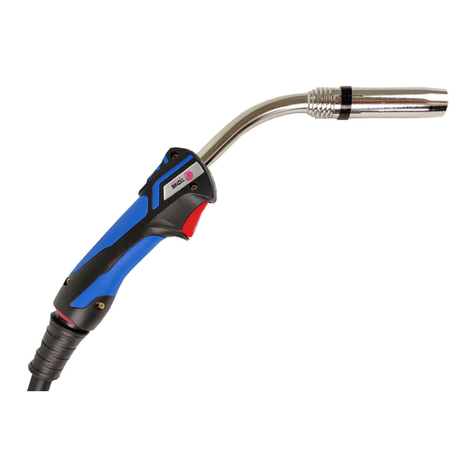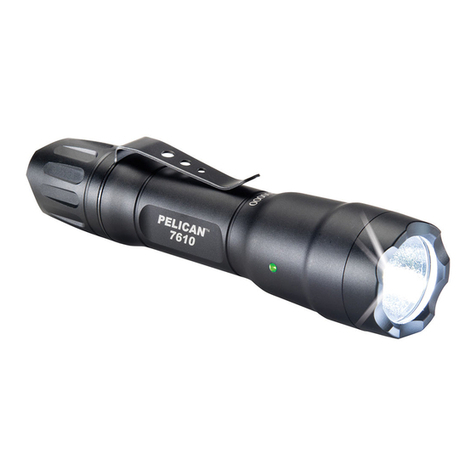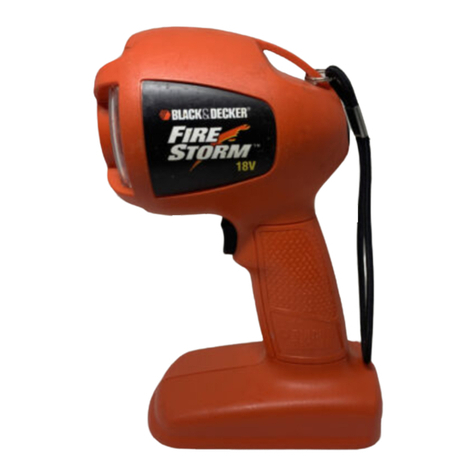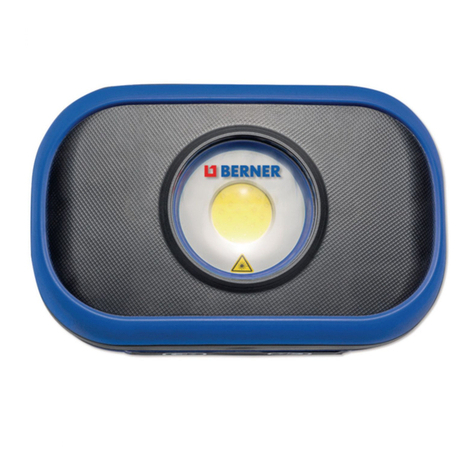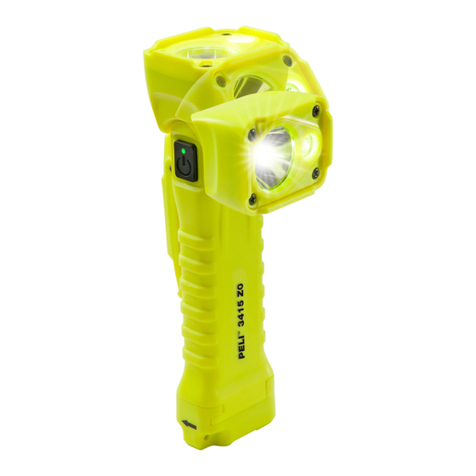
Press the <MENU> button to enter C.FN-F2 to choose S2 function, so that this flash can
also function as an optic S2 secondary flash with optic sensor in M manual flash mode.
This is useful when cameras have pre-flash function. With this function, the flash will
ignore a single “preflash” from the main flash and will only fire in response to the second,
actual flash from the main unit.
Optic S1 Secondary Unit Setting
In M manual flash mode, press the <MENU> button to enter C.FN-F2 to choose S1
function, so that this flash can function as an optic S1 secondary flash with optic sensor.
With this function, the flash will fire synchronously when the main flash fires, the same
effect as that by the use of radio triggers. This helps create multiple lighting effects.
Optic S2 Secondary Unit Setting
● S1 and S2 optic triggering is only available in M manual flash mode.
Display Flash Duration
Flash duration refers to the length of time that from flash’s firing to reach the half peak at
maximum. The half peak at maximum is usually expressed as t=0.5. In order to provide
the photographer with more concrete data, this product adopts t=0.1. The difference
between t=0.5 and t=0.1 is shown in the following picture.
With stroboscopic flash, a rapid series of flashes is fired. It can be used to capture a
multiple images of a moving subject in a single photograph.
You can set the firing frequency (number of flashes per sec. expressed as Hz), the
number of flashes, and the flash output.
Press <MODE> button so
1that <MULTI> is displayed.
Calculating the Shutter Speed
During stroboscopic flash, the shutter remains open until the firing stops. Use the formula
below to calculate the shutter speed and set it with the camera.
Number of Flashes / Flash Frequency = Shutter Speed
For example, if the number of flashes is 10 and the firing frequency is 5 Hz, the shutter
speed should be at least 2 seconds.
To Avoid overheating and deteriorating the flash head, do not use stroboscopic flash more
than 10 times in succession. After 10 times, allow the camera flash to rest for at least 15
minutes. If you try to use the stroboscopic flash more than 10 times in succession, the firing
might stop automatically to protect the flash head. If this happens, allow at least 15 minutes'
rest for the camera flash.
● Stroboscopic flash is most effective with a highly reflective subject against a dark background.
● Using a tripod and a remote control is recommended.
● A flash output of 1/1 and 1/2 cannot be set for stroboscopic flash.
● Stroboscopic flash can be used with“buLb”.
● If the number of flashes is displayed as “--”, the firing will continue until the shutter closes or
the battery is exhausted. The number of flashes will be limited as shown by the following table.
Maximum Stroboscopic Flashes:
1
7
14
30
60
90
2
6
14
30
60
90
3
5
12
30
60
90
4
4
10
20
50
80
5
4
8
20
50
80
6-7
3
6
20
40
70
8-9
3
5
10
30
60
Flash
Output
Hz 10
2
4
8
20
50
11
2
4
8
20
40
12-14
2
4
8
20
40
15-19
2
4
8
18
35
20-50
2
4
8
16
30
60-99
2
4
8
12
20
Flash Mode — Multi: Stroboscopic Flash
Display Flash Duration Operation:
1. Press the <MENU> button to enter C.FN
function.
2. Adjust the Select Dial to F6, the t0.1 icon
will be displayed on the VA panel.
3. Press <SET> button to enter the
adjustment condition.
4. Turn the Select Dial to choose the ON/OFF.
● The flash duration will only be displayed on the VA panel in M mode.
A
t
50%
10%
t=0.5
t=0.1
Turn the Select Dial to
2choose a desired flash
output.
Set the flash frequency and flash
3times.
● Press < SET > button to select
the flash frequency. Turn the Select
Dial to set the number.
● Press < SET > button to select
the flash times. Turn the Select Dial
to set the number.
● After finish the setting, press
<SET> button and all the settings
will be displayed.
Stable Color Temperature Function
When use this function, the color
temperature changes within ±100K over
the entire power range: enter MENU
C.Fn-08 and set it as ON, which means
the color temperature function is turned
on. When adjusting the power output from
high to low in M mode, Flash Ready Indicator will blink (the beeper will alarm for 1
minute). Now press the Test Button to discharge, and the flash can be used as normal.
1/4
1/8
1/16
1/32
1/64
1/128
1/256 90 90 90 90 90 90 80 70 70 60 50 40 40
● This function can only be supported in M non-high-speed mode.
t0 1 Hz
©
- 33 - - 34 -
